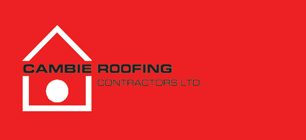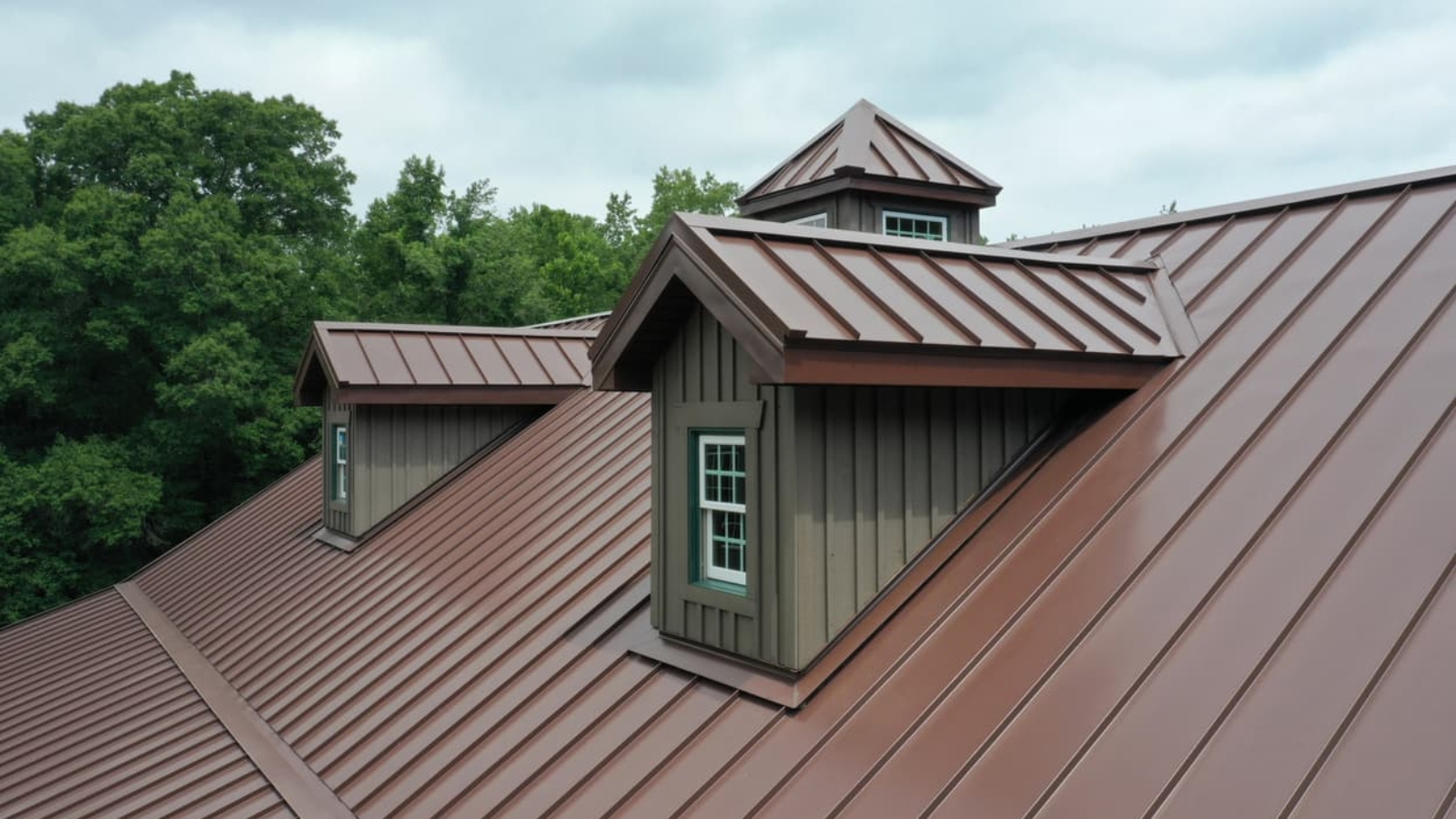You might have noticed lately that metal roofs are taking over, becoming more and more popular not just in areas with heavy snowfall, but in milder climates like Vancouver, too.

The Pros and Cons of Metal Roofs in the Summer
Let’s get this out of the way: metal roofs are expensive. A shingled roof, for example, may cost up to around $12 per square foot, whereas a metal roof can cost up to $40.
Nonetheless, metal roofing has still become a popular choice for homeowners and building managers in recent years – for good reason. Durability, modernness, efficiency, resilience in the winter – metal roofs are often touted as a fantastic long-term investment. It seems like an obvious choice for those who can afford the often-costly initial installation.
However, many homeowners and building managers fail to recognize, or even consider, the year round implications of a metal roof – especially in summer. When the heat kicks in, how does a metal roof really hold up?
If you’re weighing your roofing options or already have metal over your head, here’s a breakdown of the key benefits and drawbacks of metal roofs during the summer months.
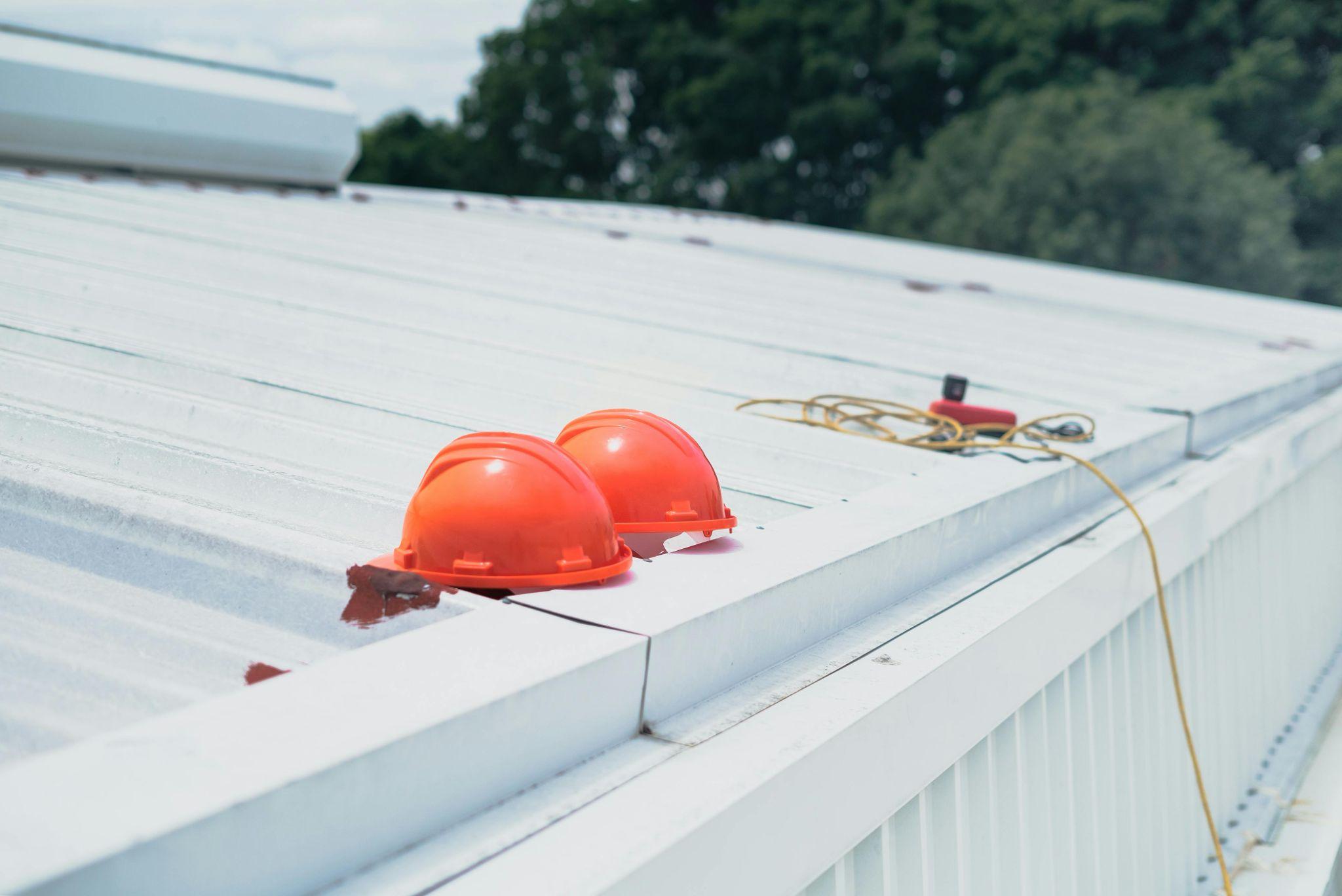
The Benefits of Metal Roofs in the Summer
Reflectivity
One of the biggest advantages of a metal roof in the summertime is one that most people don’t even think of – its ability to reflect sunlight. Most metal roofing materials come with special coatings or finishes designed to bounce sunlight away from your home, meaning less solar heat gain inside the building – meaning reduced cooling costs.
In fact, some studies suggest that cool-metal roofing can lower interior temperatures by as much as 10 to 15 percent compared to traditional asphalt shingles. The significant savings on your summer energy bills can offset the initial expense of metal roofs.
Long-Term Durability to UV Exposure
Summer sun can be brutal on some roofing materials. Over time, UV rays can dry out asphalt shingles, cause cracking in rubber roofing, or lead to premature wear in wood shakes.
Metal roofs, on the other hand, are built to handle heat. Steel, aluminum, and copper roofs resist sun damage better than many alternatives. Their finishes are engineered to hold color and resist fading – even after years of direct exposure. If you live in a region with intense summer sun, metal roofing offers durability that can outlast many other materials.
Fire Resistance
In areas prone to wildfires—like parts of British Columbia or the Western US—metal roofs offer another a valuable layer of protection against fires. Sparks from nearby fires, fireworks, or even backyard bonfires are far less likely to ignite a metal roof than wood shakes or untreated shingles. This added defense against fire can be a major selling point, especially in unseasonably hot, dry summers.
Quick Cooling at Night
Metal roofs cool off quickly once the sun goes down, which can help reduce nighttime heat buildup in your attic space, making your home more comfortable during summer evenings.
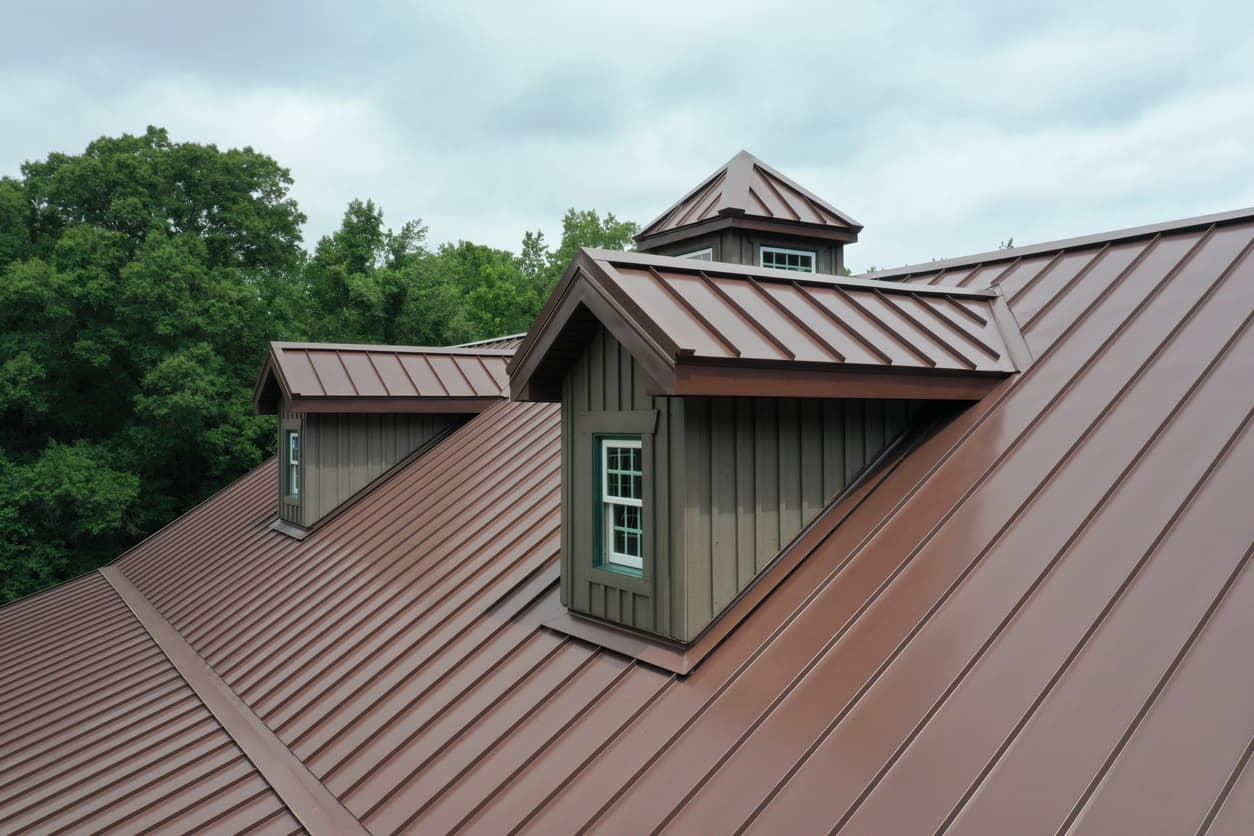
The Drawbacks of Metal Roofs in Summer
Surface Temperature Can Get Extremely Hot
A big drawback that people often worry about is surface temperature. Metal roofs reflect sunlight better than many materials, but the surface itself still gets very, very hot, depending on different factors such as coating and colour.
During peak afternoon sun, it’s not uncommon for a metal roof to reach surface temperatures well over 150°F (65°C). Not a big deal in terms of indoor comfort, but it does mean that rooftop activities (like maintenance, cleaning, or installing solar panels) can become risky – or even downright dangerous.
Potential for Heat Transfer (Without Proper Insulation)
As stated above, metal roof can keep your house cool — but only if it’s installed with the right underlayment and insulation. Without that thermal barrier, the roof’s exterior heat could conduct into your attic and increase your cooling load.
Noise Amplification During Summer Storms
Depending on your region, summer can bring heavy rainstorms or even hail. Metal roofs often amplify the sound of rain and hail if there isn’t sufficient insulation or sound-dampening material beneath the panels. Moreover, metal roofs can sometimes be prone to denting if impacts from hailstones are severe enough.
Initial Cost
Finally, there’s the upfront price tag. Metal roofs generally cost more to install than asphalt shingles or basic membrane roofing. While that investment sometime pays off in longevity and energy savings, it’s still a big factor to consider when planning your roofing project.
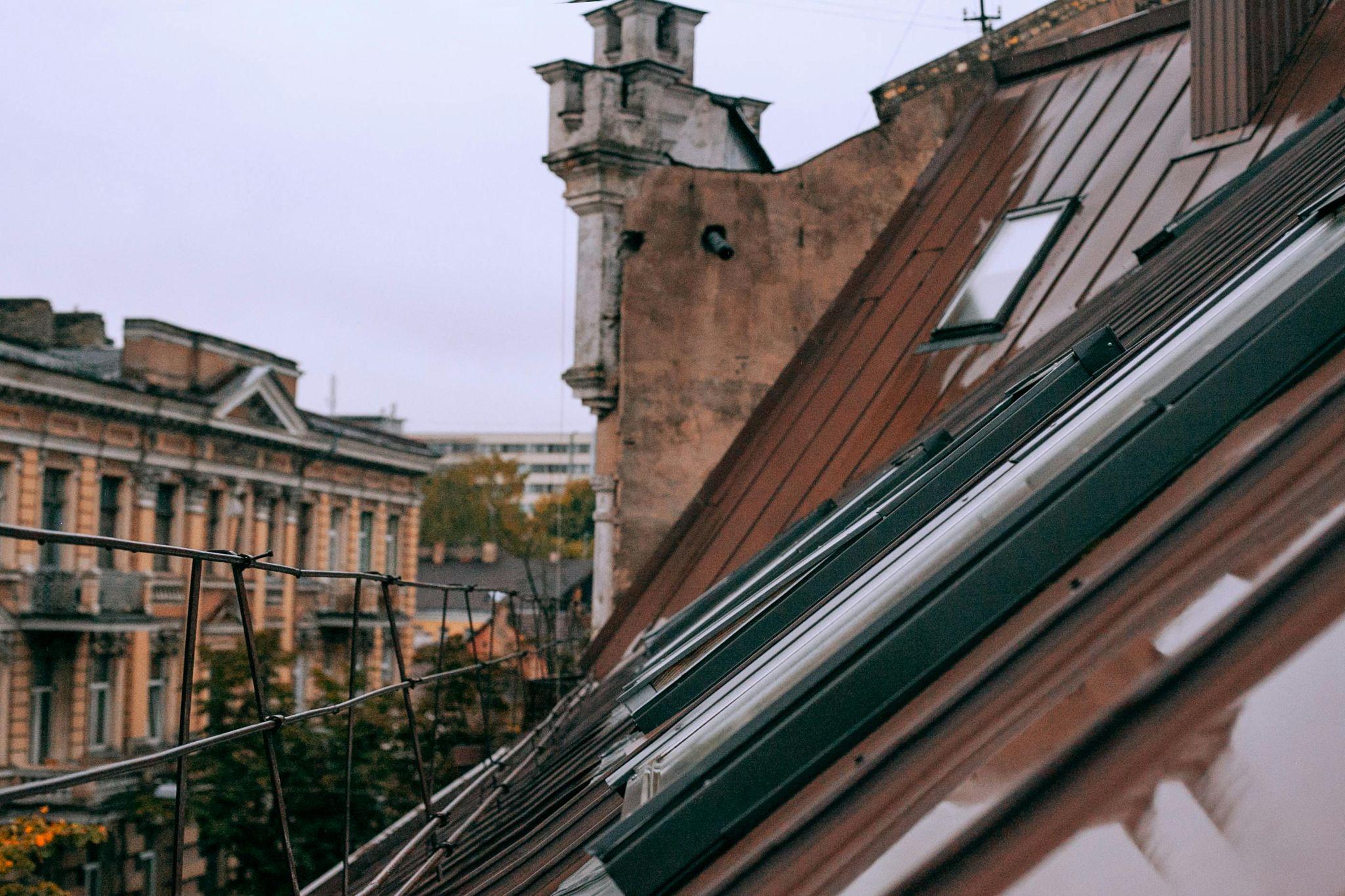
The Bottom Line
If you’re after a roof that handles sun exposure, reflects heat, reduces cooling costs, and offers peace of mind during fire season, a metal roof can be an excellent investment for summer (and all year round). But to really get the full benefit, proper insulation, ventilation, and a thoughtful installation are key.
Be aware of the upfront costs and the potential for surface heat buildup. If you’re planning rooftop work or solar installs, schedule it for early mornings or late evenings to avoid the worst of the heat.
Need some help? We’d love to hear from you! Get in touch today if you’d like to learn more about metal roofs or book a consultation.
